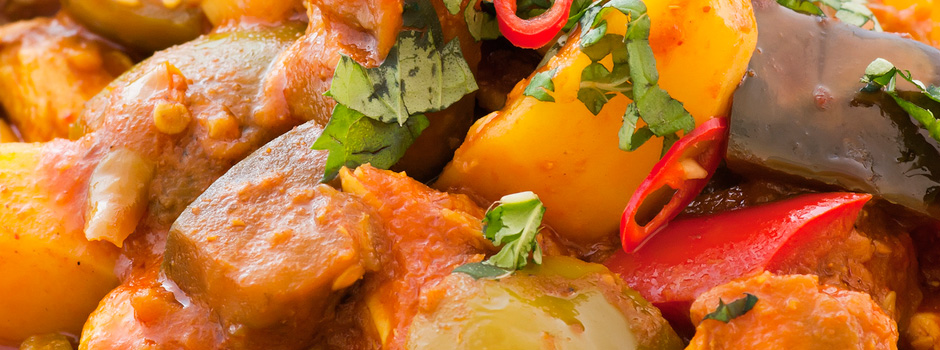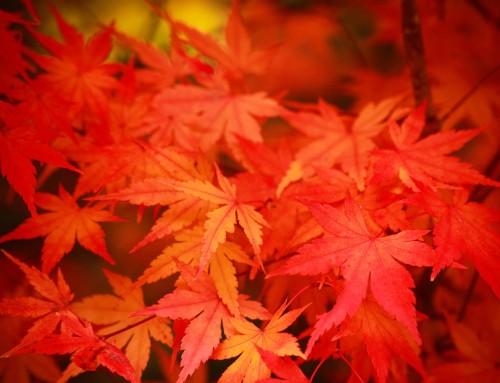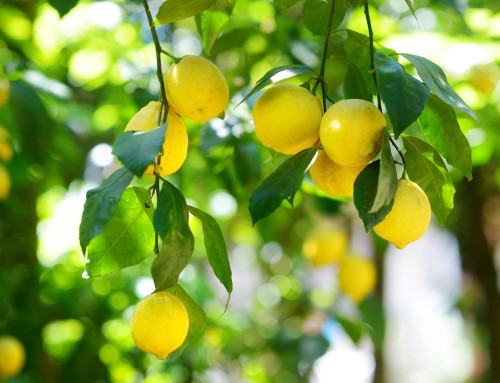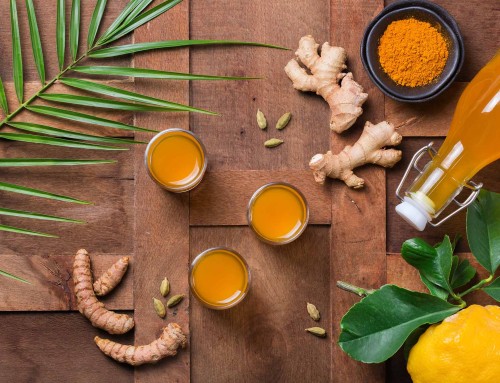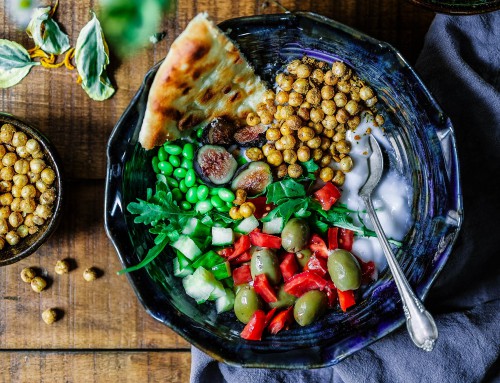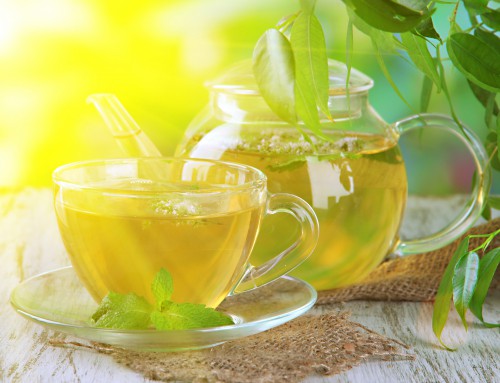The above question came to me the other day while driving with a friend around South Manchester, looking for a venue to hold an Ayurvedic cooking course.
We passed by quite a few curry houses and I was tempted by the delicious smell of fried spices. It was a hot day though and I knew that after the curry I would feel uncomfortably hot. So I postponed my curry feast till another day.
Then a question came to me that I’ve often pondered. Why are all the hot spicy meals invented in countries that are already hot? Why do they need more heat in their diet when their climate already gives them plenty?
Summer wisdom from Dr Donn
It so happened that on the same day we had a meeting with Dr Donn Brennan, who is one of the top Maharishi Ayurvedic physicians in Europe and a contributor to this blog site. Donn, David Hughes, our other blog writer, and myself were deciding which topics we would write about this month.
I decided on digestion in the summer months and took the opportunity to ask Donn a few questions on this topic.
Donn told us that during the summer, because of increased heat in the environment, Pitta dosha increases in our body.
Pitta dosha is the element in us that regulates heat, metabolism and digestion. Extra heat from outside, from a hot sun for instance, can over-stimulate Pitta and put us out of balance. This leads to discomfort, which is the body’s early warning that something is not right. In other words, our body is telling us we should pay attention and do something about it.
Our need for Vitamin D balanced with overactive Pitta
Donn pointed out that having the sun on our body is really a good thing. Many people are vitamin D deficient and having the sun on our skin is the best and most natural way to obtain vitamin D.
Yet too much sun can lead to an over stimulation of Pitta in our body, which can, if it is not corrected, lead to a numbers of problems – particularly problems in the skin, head, heart, liver and the blood. Ayurveda considers these organs, or body systems, as particularly susceptible to heat.
Heat reducing strategies
Donn mentioned a few of things we can do to help balance the extra Pitta we have accumulated.
One obvious strategy is to get out of the sun and into a cool room. We can take cooling drinks such as mint tea and Maharishi Ayurveda Pitta Tea. We can avoid drinks that increase heat, such as alcohol and coffee.
Donn pointed out that cooling foods, such as salads, cooked green leafy vegetables, non-citrus fruits, such as apples and pears are cooling and good to eat in the summer.
He also mentioned we should avoid hot spices, such as chillies and peppers. Turmeric is a good spice to take if you suffer from high Pitta.
That’s when I asked him the question – what about the hot spicy foods often eaten in hot climates?
Why isn’t Mexico the salad capital of the world?
I pointed out, “Look at Mexico. It’s a hot country, yet it’s the home of lots of chilli dishes. How does this work? Surely it should be famous for salads rather than chilli con carne”.
Donn went on to explain why eating chilli con carne or a vindaloo on a hot day in Britain would not be recommended by Ayurveda, whereas eating the same meal in Mexico or India, which are both relativity hot most of the year, might be fine.
In the end it’s all about the mysterious workings of something called Agni.
The duel role of Agni
Agni is a Sanskrit word usually translated as fire. In Ayurveda the process of digestion is called Agni. The fire of Agni is depicted as ‘cooking’ the gross food we eat and, through various stages, refining it so that it can be absorbed by the body.
Agni actually has a due role. On one hand it breaks down food so that our cells and tissues can be nourished and replenished. Agni also has the task of burning away or eliminating any unwanted or even toxic elements. These unwanted elements may be within the food we eat, or they may have come into our body in other ways, such as through the skin or through breathing. Agni helps us absorb what is good and purify out what is bad.
External Agni influences internal Agni
Donn explained that our Agni, or digestive power, is affected by the weather. During cold weather our peripheral circulation closes down to preserve heat and our skin therefore becomes pale. This in turn concentrates the heat internally and our internal fire increases – our Agni gets stronger and that means we can digest heavier foods more easily.
During hot weather, our peripheral circulation opens up to radiate heat off from our skin and our skin therefore becomes pink. This lessens the internal heat and our Agni reduces. That is why you have little appetite on a very hot summers day. It is also why it is the custom in some hot countries to have the main meal in the cooler evenings.
This means that during a hot summer its not only best to go for cooling foods, but also foods that are light and easy to digest.
Donn suggested that over the summer, Maharishi Ayurveda Pitta Churna could be added to meals. This contains a mix of spices that not only help cool the body but also act as a mild digestive aid that gently stimulates a low Agni.
The low Agni, hot curry syndrome
Low Agni during hot weather, Donn pointed out, is the reason why hot spicy foods are so prevalent in hot countries, such as India and Mexico.
He explained the mechanism in this way: when it gets hot, our body sends any internal heat out to the skin. This, along with the sweat mechanism, produces a cooling effect in the body. In the process of our internal heat reducing, our Agni is reduced and there is less to deal with digestion.
Chillies, and other hot spices, increase that low internal fire and make us more capable of digesting a rich meal, even in hot weather. It also induces sweating, which helps cool us down.
Shouldn’t we all be having a Vindaloo summer?
I pointed out to Donn that there is a bit of a contradiction here. On the one hand Ayurveda tells us to eat cooling, light foods during hot weather. On the other hand he had just given me a good explanation why we should be eating hot curries instead.
Donn explained that, those who grow up in a hot climate the body adjusts to the heat. Their skin for example is darker to protect them from excess sun exposure. This leads to a tolerance towards Pitta increasing influences, and this tolerance will not be present in those who have been brought up in cooler climates.
This may be the reason why, on a hot summer’s day, a vindaloo is tolerated well in Kerala but not so well in Birmingham.
While those brought up in hot climate have a high tolerance to Pitta influences, their Agni still needs to do the work of digestion and metabolism. When the weather is hot, Agni in the stomach will still be low and hence the need for hot spices.
High heart disease rates in India
Donn also pointed out that average Indian does not necessarily follow the rules of Ayurveda and India actually has one of the highest heart disease rates in the world.
This may be down to India’s increased affluence and changing culture, which has affected both their diet and lifestyle.
When I was last in India I noticed a mark difference in body shape between rural villagers, who seemed to be mostly lean, and those working in city offices, who tended to carry more weight.
Over several decades many millions of Indian’s have moved from their farms and villages, where they lived a very physically active life, to the city and a more sedentary life. At the same time, the increased wages of city dwellers has lead to a diet richer in oils, proteins and sugar.
Ancient wisdom offering modern solutions
It’s interesting that, while India seems to be rushing towards the western lifestyle, we, in the West, are learning about the ancient wisdom of Ayurveda, a Vedic science that most Indians seem to have forgotten.
Ayurveda is the science of balance. During hot weather we feel physically comfortable and at ease when we eat light and cooling foods.
Ayurveda is also the science of listening to what our body is telling us. When we feel overheated, we naturally desire something cool.
Yet so much gets in the way of this simple relationship of food and our body.
We are driven by habit, emotions, social pressures, time and convenience to sometimes make unwise food choices.
Ayurveda recommends a period of silence before we eat – just sit and close your eyes for a couple of minute’s grace for instance. Here you can settle down to a deeper level, beyond the busy bustle of mental noise and beyond the emotional yearnings. Here you can sense what your body really needs and make more wise food choices.
Recommended Pitta reducing products
Maharishi Ayurveda Pitta Churna

